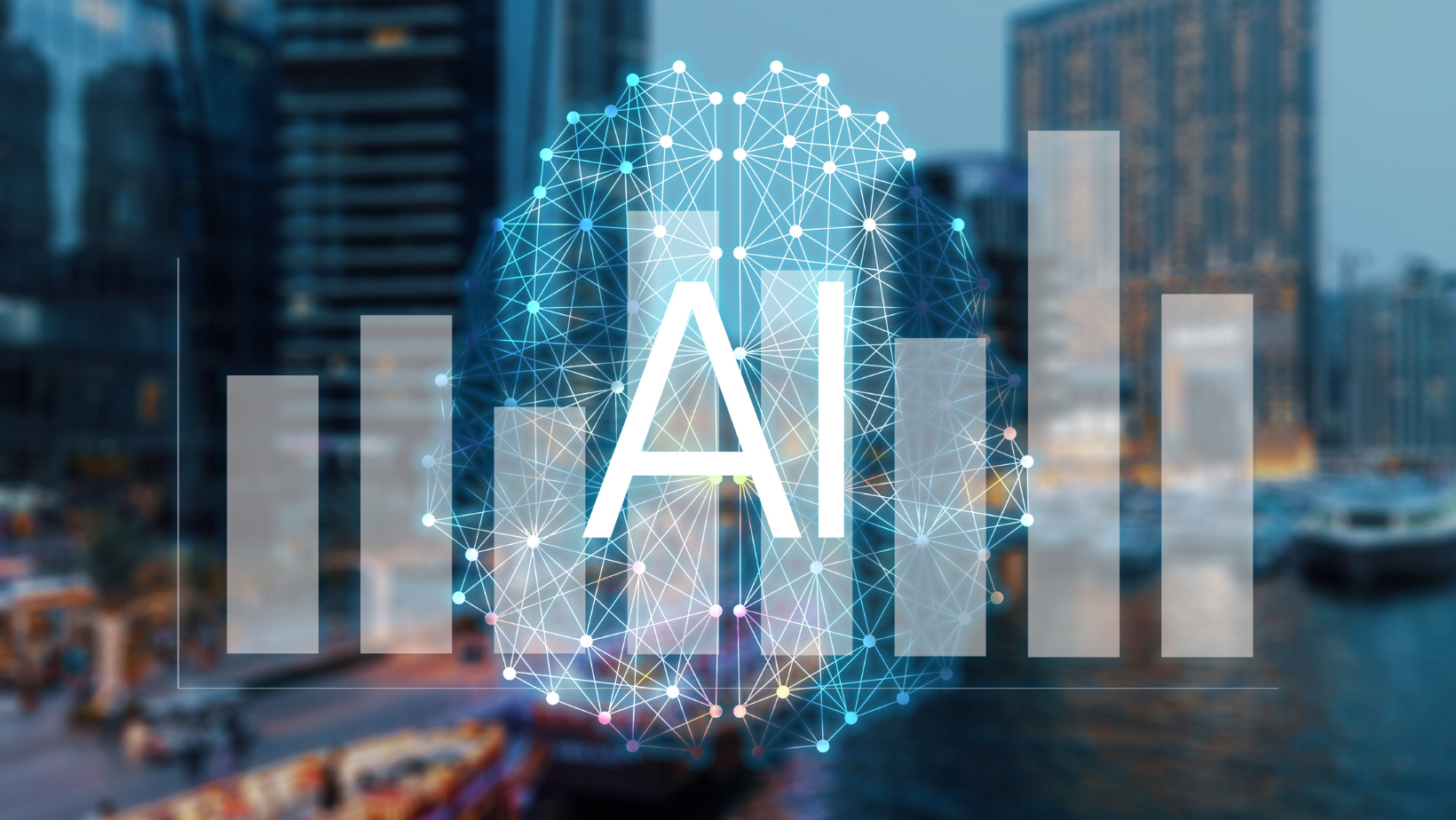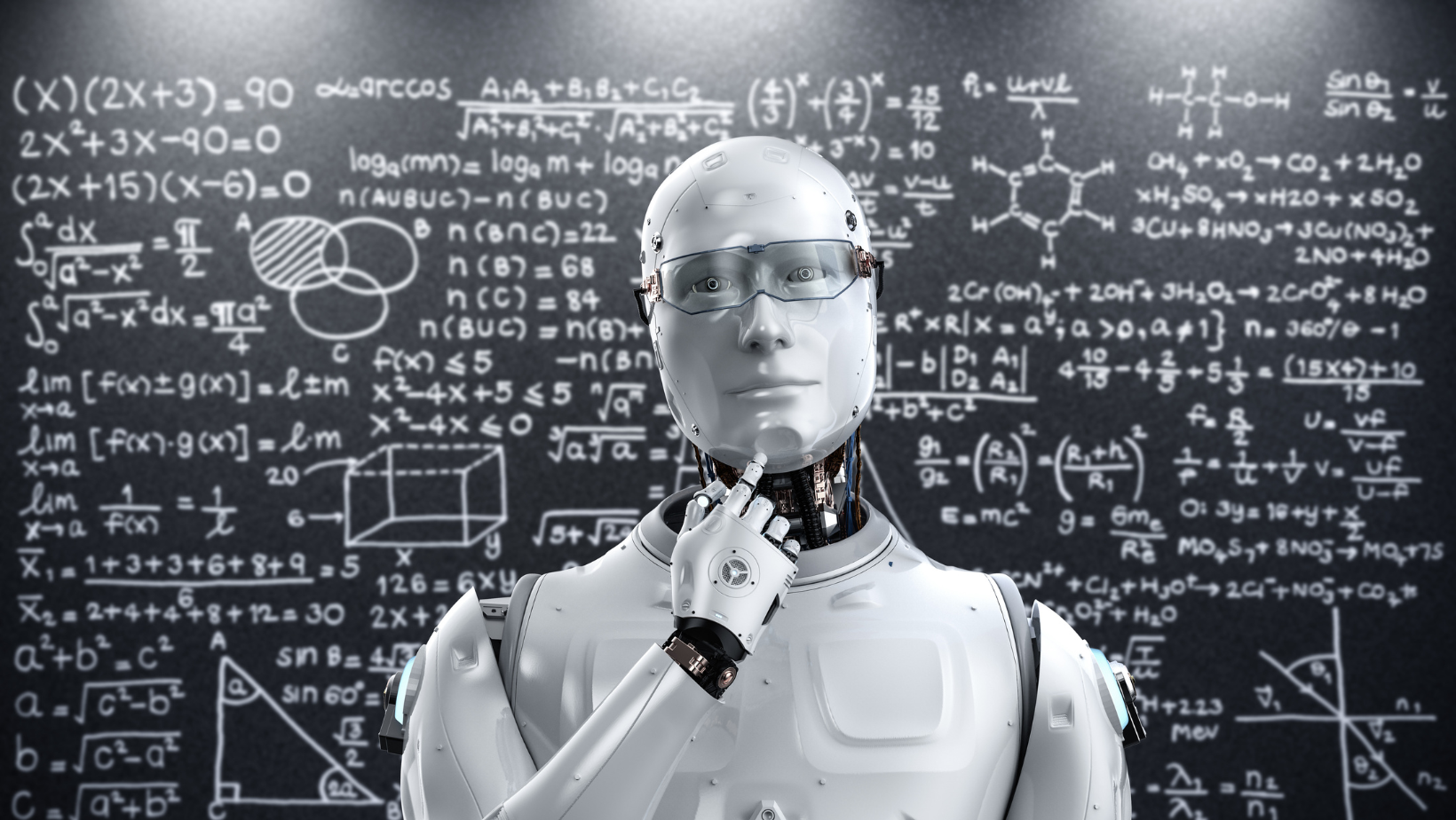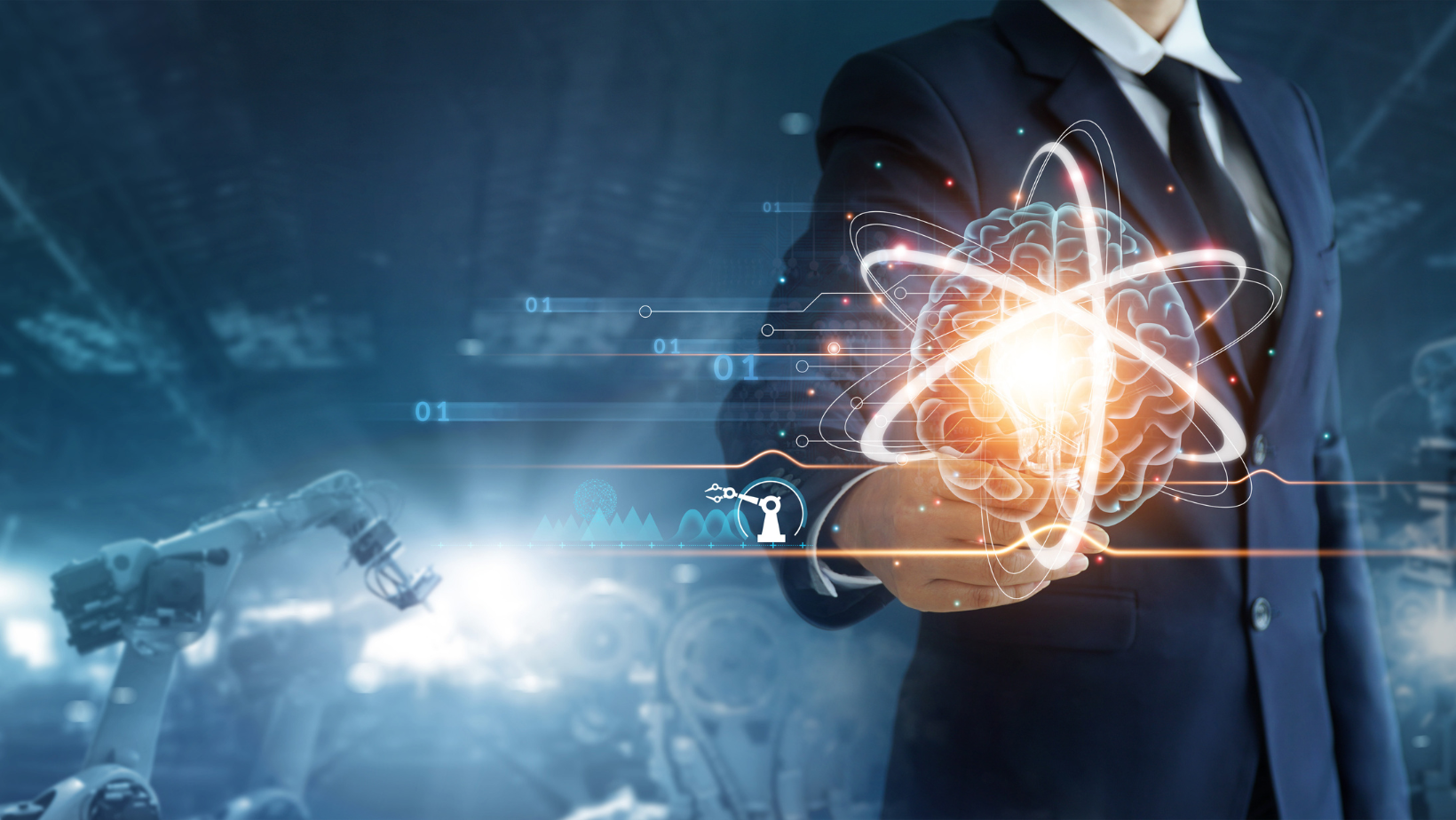What Is the Difference Between Artificial Intelligence vs Machine Learning

Artificial Intelligence and Machine Learning have become buzzwords in today’s tech-savvy world. However, there is often confusion and interchangeability in their use, leading to a lack of clarity about what each term truly represents. Artificial Intelligence (AI), the broader concept, refers to machines or computers performing tasks normally requiring human intelligence, such as understanding natural language, recognizing patterns, problem-solving, and decision-making.
Machine Learning (ML), on the other hand, is a subset of AI that focuses on the idea that machines can learn and adapt through experience. It centers on developing algorithms that allow computers to learn from and make decisions or predictions based on data. But how do these two concepts differ? And why is it crucial to distinguish between them in advanced computing and data analysis? This article will delve into the nuances of AI and machine learning, highlighting their differences, applications, and potential impact on our society.
Understanding Artificial Intelligence (AI)

Artificial Intelligence (AI) is the field of computer science that focuses on creating intelligent machines and systems that can think and act like humans. It involves developing algorithms, or rules, that enable computers to perform tasks that typically require human intelligence. These tasks can range from recognizing speech and images to making decisions and solving complex problems.
For example, AI is used in self-driving cars to recognize and interpret traffic signals, road signs, and other vehicles on the road. It uses complex algorithms and data analysis to decide when to accelerate, brake, or change lanes, all without human input. This application of AI not only improves efficiency but also has the potential to reduce accidents caused by human error.
Understanding Machine Learning Models (ML)
Machine Learning model (ML) is a subset of AI that focuses on the idea that machines can learn and improve from experience without explicit programming. It involves developing algorithms that enable computers to learn from data, identify patterns, and mimic human intelligence or predictions based on this data.
For example, in the healthcare industry, ML analyzes massive amounts of medical data, including patient histories, test results, and symptoms, to help doctors diagnose diseases and recommend treatments. This application of ML not only helps healthcare professionals make accurate and timely diagnoses but also improves patient outcomes by reducing the likelihood of misdiagnoses.
Key Differences Between AI vs ML

While AI and ML are related concepts, significant differences must be understood. Some of the key differences between AI and ML are:
Scope
The scope of Artificial Intelligence (AI) is vast and constantly expanding. It aims to create intelligent machines and systems that mimic human thinking and decision-making processes. This includes natural language processing, computer vision, speech recognition, and problem-solving. AI has been applied in various industries, from healthcare to finance, to improve efficiency and automate complex processes. For example, in the financial sector, AI analyzes complex data and predicts stock market trends, helping investors make informed decisions.
On the other hand, Machine Learning (ML) has a narrower scope, focusing on enabling machines to learn from data without explicit programming. It involves developing algorithms to identify patterns and make decisions or predictions based on this data. This narrow scope makes ML more suitable for specific tasks such as image or speech recognition, fraud detection, and personalized recommendations. For example, popular streaming platforms like Netflix use ML algorithms to analyze user data and make personalized movie or TV show recommendations based on their viewing history and preferences.
Learning Ability
The capacity for learning and adaptation differentiates AI and ML significantly. AI encompasses a broad spectrum, including systems that are taught or programmed with specific responses to all possible inputs. However, these systems cannot learn and adapt beyond their programming, making them less flexible in dynamic environments. Machine Learning takes this further as a subset of AI by incorporating the ability to learn from data and improve over time.
This learning occurs as the ML algorithms analyze vast datasets, identify patterns, and adjust their behavior or responses based on them, thereby learning from the data. An everyday example of this learning capability is found in email spam filters. These ML-powered filters learn from users’ actions of marking certain emails as ‘spam.’ Over time, the algorithm becomes increasingly accurate in detecting and filtering out unwanted emails, showcasing the power of machine learning’s adaptive learning ability.
Data Requirements
Another significant difference between AI and ML lies in their data requirements. Artificial Intelligence systems typically require massive amounts of labeled data to function correctly and perform tasks effectively. Human experts often curate these datasets, making them expensive and time-consuming.
Machine Learning algorithms also require large datasets but do not necessarily need labeled data. Instead, ML algorithms can learn from unlabeled data by identifying patterns and making decisions or predictions based on this data. This ability makes ML more efficient, cost-effective, and adaptable than AI systems. For example, in fraud detection, ML algorithms analyze a large amount of financial transaction data to identify fraudulent patterns and flag suspicious transactions for further investigation.
Application Areas
AI and ML have diverse application areas, aligning with their unique capabilities. AI’s extensive scope enables it to create intelligent systems that mimic human behavior and abilities. As such, AI finds applications in areas like autonomous vehicles, where it’s used to interpret traffic data and make accurate navigational decisions. AI is also widely used in customer service, where chatbots can simulate human interaction, answering queries and providing information.
On the other hand, ML, with its ability to learn and improve, finds applications in industries where prediction and pattern recognition are crucial. For example, ML is used extensively in the financial market for predictive analysis, helping investors make informed decisions. It’s also commonly used in the healthcare industry for predictive diagnostics, helping physicians detect diseases in the early stages. Furthermore, ML powers recommendation systems on entertainment platforms like Netflix and Spotify, suggesting movies or songs based on user preferences and past behavior.
Human Intervention
The human intervention also distinguishes AI and ML in their operation and functionality. In AI systems, human intervention is necessary at the initial stage for programming and setting rules. Once this is done, AI systems can operate independently, carrying out tasks and making decisions based on the provided rule set. However, they cannot go beyond their programmed instructions, and any adaptations or modifications require explicit human intervention.
For instance, a chess-playing AI is programmed with all possible moves and strategies, and it can independently play a game without further human input. Conversely, ML algorithms are designed to learn and adapt from data, reducing the need for constant human intervention. Instead of being explicitly programmed to perform a task, ML algorithms develop the ability by learning from data. However, they need human intervention for selecting features, choosing the right learning algorithm, or tuning parameters.
Complexity and Processing Power
The complexity in design and the processing power needed differs between Artificial Intelligence and Machine Learning. AI systems are generally more complex due to their broader scope and the need to simulate human decision-making processes. They demand higher processing power as they are required to handle diverse inputs and make complex decisions, just like a human brain would do. For instance, an autonomous vehicle that uses AI technology requires significant processing power to make real-time decisions based on various inputs from various sensors.
On the other hand, machine learning systems are designed with a narrower focus and are typically less complex. They are designed to identify patterns in large datasets and make predictions or decisions based on them. As such, the processing power required for ML systems often depends on the dataset size they need to analyze. In most cases, the processing power required for ML algorithms is significantly lower than AI systems, making them more efficient and cost-effective.
Role of AI and ML in Advancing Technology

Artificial Intelligence and Machine Learning are crucial in advancing technology, powering many innovative applications. Here are some ways AI and ML are transforming various industries and improving our daily lives:
Healthcare
Healthcare is undergoing a transformative revolution, with AI and ML driving this change. These advanced technologies are being deployed to improve patient outcomes, enhance operational efficiency, and usher in a new era of personalized medicine. AI is used to develop intelligent systems that expedite diagnosis and improve treatment plans. For instance, AI-driven image analysis tools are helping radiologists identify subtle patterns in medical images that the human eye might miss, thereby enabling early detection of diseases such as cancer.
Similarly, machine learning’s prowess in pattern recognition and predictive analytics allows it to analyze vast amounts of health data, deriving insights that help predict disease risk, understand disease progression, and personalize treatment strategies. A notable example is Google’s DeepMind Health project, which uses ML algorithms to predict kidney disease by analyzing patient data. Consequently, the advent of AI and ML in healthcare enhances patient care and pushes the boundaries of medical research and innovation.
Education
Education is another sector that has seen significant advancements in integrating AI and ML technologies. These advanced technologies are revolutionizing traditional teaching methods, improving student engagement, and personalizing learning experiences. AI-powered chatbots are used to answer students’ queries in real time, providing immediate feedback and enhancing their understanding of difficult concepts.
Additionally, personalized learning algorithms use ML techniques to adapt to students’ individual learning styles, creating a customized curriculum that caters to their needs. A prime example of AI and ML in education is the online learning platform Coursera, which uses these technologies to deliver personalized courses and assessments to millions of learners worldwide. As a result, AI and ML are transforming the education sector by making it more accessible, engaging, and effective.
Finance
The financial sector is being redefined through Artificial Intelligence and Machine Learning, revolutionizing traditional banking systems and introducing a new level of efficiency and security. AI and ML contribute significantly to fraud detection and prevention, employing complex algorithms that recognize suspicious patterns and activities that would be almost impossible for humans to identify. They also enable a hyper-personalized customer experience, with learning models analyzing past transactions and behaviors to anticipate users’ needs and offer targeted financial products or advice.
A notable example of this is the use of robo-advisors in wealth management. These AI-driven platforms use ML algorithms to manage a client’s investment portfolio intelligently, tailoring investment strategies according to changes in financial goals and market conditions. They offer a cost-effective alternative to traditional financial advisors and eliminate human bias, fostering a more transparent and efficient investment process. Consequently, integrating AI and ML technologies drives a significant shift in the finance sector, promoting innovation, enhancing customer service, and creating a more resilient and secure financial ecosystem.
Transportation
The transportation sector is experiencing a major transformation by integrating AI and ML technologies. The advent of self-driving cars, powered by AI algorithms, is revolutionizing how we commute, improving road safety and efficiency. These advanced vehicles use sensors to gather real-time data about their surroundings and employ machine-learning techniques to make decisions in real-time, ensuring a smooth and safe ride. They also leverage predictive analytics to anticipate traffic conditions, optimize routes, and reduce travel time.
Additionally, AI-driven transportation systems enhance the logistics industry by streamlining supply chain processes, improving delivery times, and reducing costs. DHL’s smart logistics initiative is a prime example, using AI algorithms to optimize route planning and reduce carbon emissions in their delivery operations.
Retail
The retail sector is transforming remarkably by integrating Artificial Intelligence and Machine Learning technologies. From predicting customer buying behavior to managing inventory and personalizing the shopping experience, AI and ML are reshaping the retail landscape. Advanced algorithms analyze customer data, helping retailers understand customers’ preferences and buying patterns. This information, in turn, enables retailers to offer personalized recommendations, enhancing customer engagement and driving sales.
Additionally, AI and ML are pivotal in inventory management, forecasting demand accurately, and preventing overstocking or understocking situations. The Amazon Go stores are an example of AI and ML revolutionizing the retail industry. These cashier-less stores leverage AI and ML for Just Walk Out Technology, where computer vision, sensor fusion, and deep learning algorithms automatically detect when products are taken from or returned to the shelves and keep track of them in a virtual cart. Upon exiting the store, customers are automatically charged for their purchases, offering an entirely new, seamless shopping experience.
Challenges Faced By AI and ML
Despite the remarkable benefits of AI and ML technologies, some challenges still need to be addressed. Some of the major challenges include:
- Data quality and bias: The success of AI and ML models heavily depends on the quality of data used to train them. If the data is biased or incomplete, it can lead to inaccurate predictions and decisions, perpetuating existing social inequalities.
- Lack of transparency: In some cases, the reasoning behind an AI or ML model’s decision-making process can be difficult to interpret, making it challenging for humans to fully trust and understand these technologies.
- Ethical concerns: As AI and ML continue to advance, there is growing concern about these technologies’ potential misuse or unintended consequences. This includes job displacement, privacy invasion, and algorithmic discrimination.
- Limited human control: With autonomous systems becoming more prevalent, there is a need to ensure humans can intervene and control these technologies, if necessary, to prevent potentially catastrophic outcomes.
Conclusion
Artificial Intelligence and Machine Learning are transformative forces reshaping various sectors of our society–from education and finance through transportation to retail. Their potential to automate, optimize, and innovate is undeniable. However, as these technologies evolve, addressing their challenges, such as data quality and bias, lack of transparency, ethical issues, and human oversight, is imperative.
While the path forward is complex, AI and ML’s benefits are too significant to ignore. Their integration into everyday life represents an opportunity to create more efficient, personalized, and inclusive systems, enhancing our quality of life and driving economic growth. Increasing trust in these technologies, ensuring their ethical use, and fostering responsible development will be vital in unlocking their full potential and steering our society toward a more innovative and equitable future.


